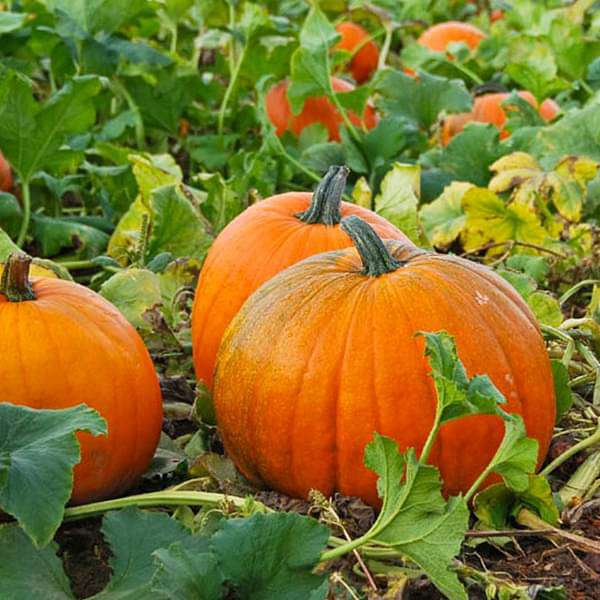
Pumpkin F1 Hybrid 406 - Vegetable Seeds
(MRP Inclusive of all taxes)
- Shipping ₹79 for entire order
- Dispatch in 7 days
- Country of origin: India

(MRP Inclusive of all taxes)
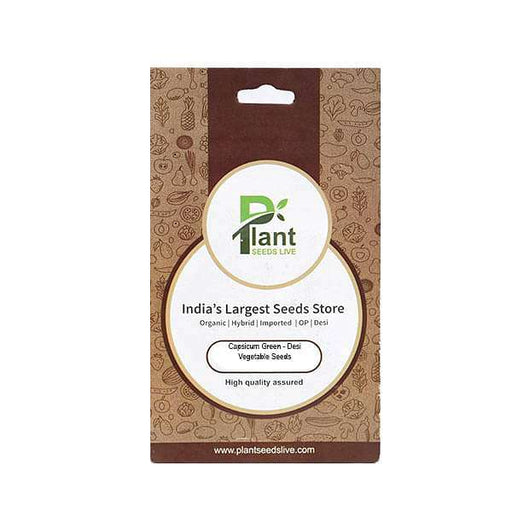
 Save 25%
Save 25%
Capsicum Green - Desi Vegetable Seeds Capsicum Green, also known as bell pepper, is a vibrant and nutritious addition to your garden. Thes...
View full details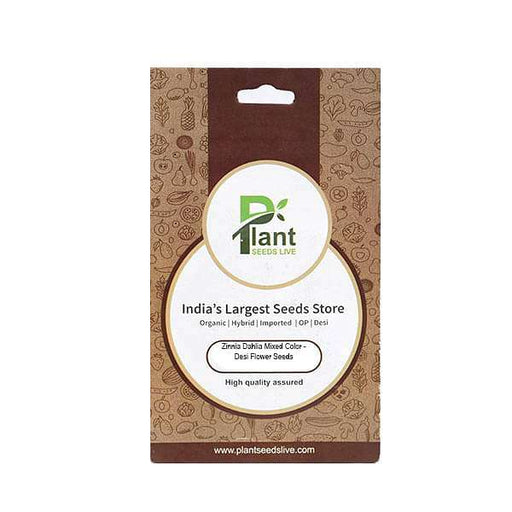
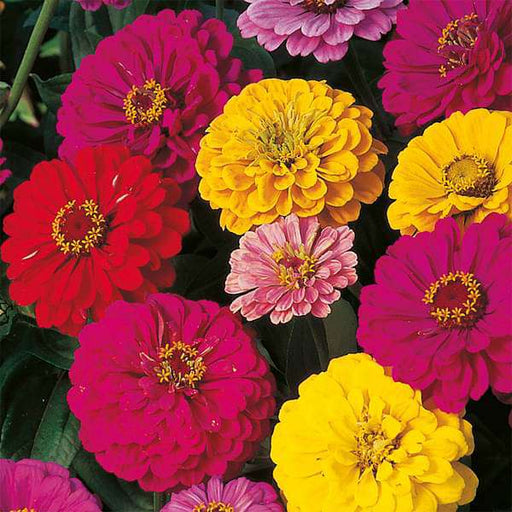 Sold out
Sold out
Zinnia Dahlia Mixed Color - Desi Flower Seeds Transform your garden into a vibrant tapestry of colors with our Zinnia Dahlia Mixed Color -...
View full details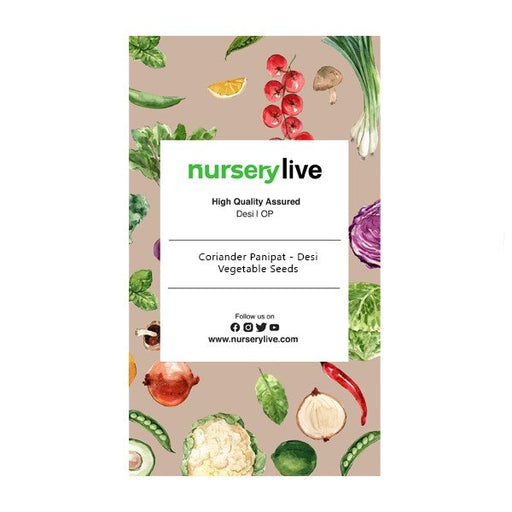
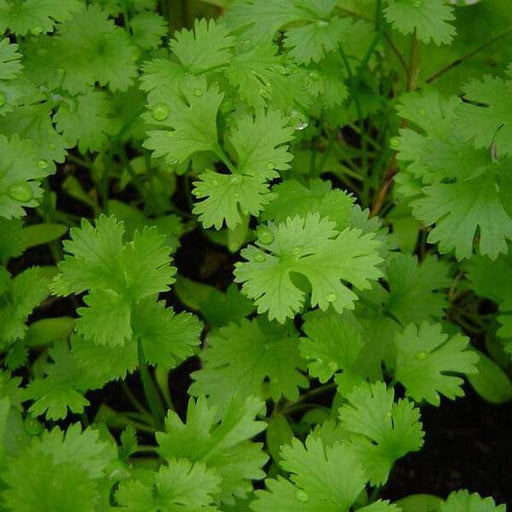 Save 25%
Save 25%
Coriander Panipat - Desi Vegetable Seeds Coriander Panipat is a premium variety of coriander seeds, cherished for its aromatic leaves and ...
View full details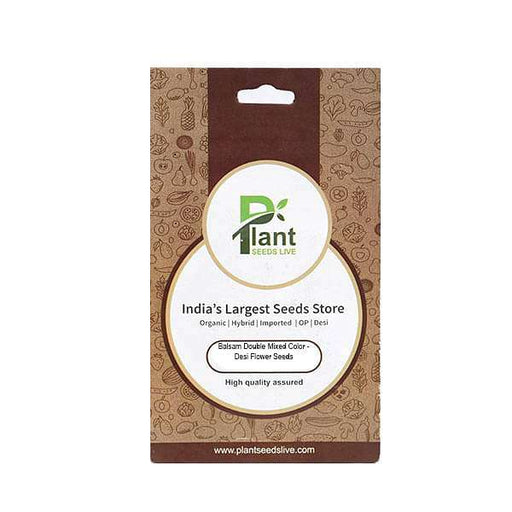
 Save 25%
Save 25%
Balsam Double Mixed Color - Desi Flower Seeds Discover the vibrant beauty of Balsam Double Mixed Color - Desi Flower Seeds, a delightful a...
View full details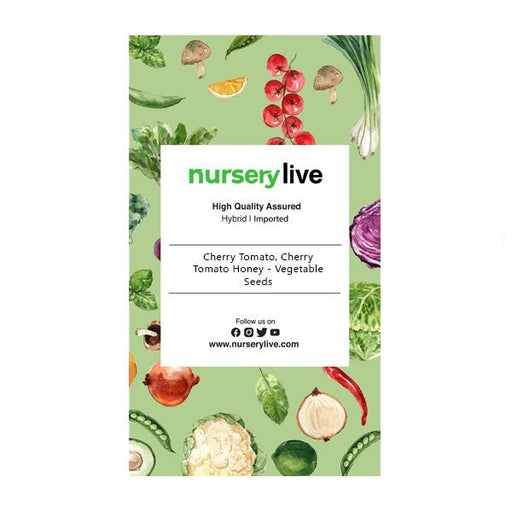
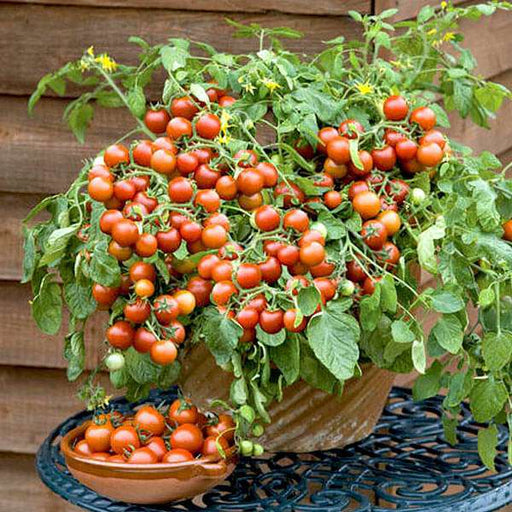 Save 25%
Save 25%
Cherry Tomato, Cherry Tomato Honey - Vegetable Seeds Discover the delightful world of Cherry Tomato Honey seeds, perfect for home gardener...
View full details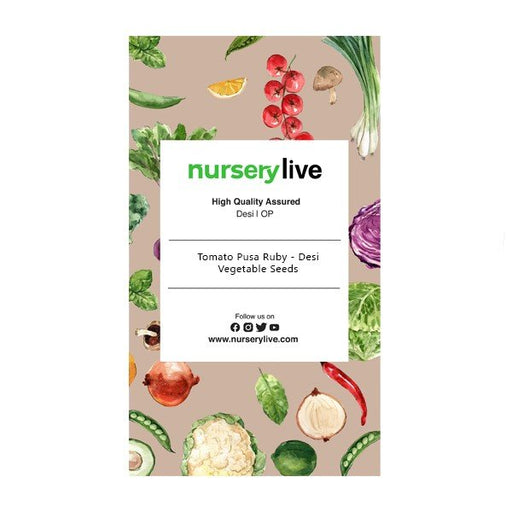
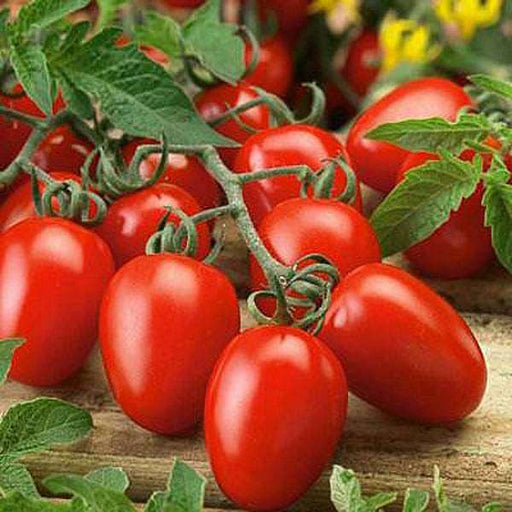 Sold out
Sold out
Tomato Pusa Ruby - Desi Vegetable Seeds The Tomato Pusa Ruby is a premium variety of tomato seeds, renowned for its vibrant red color, jui...
View full details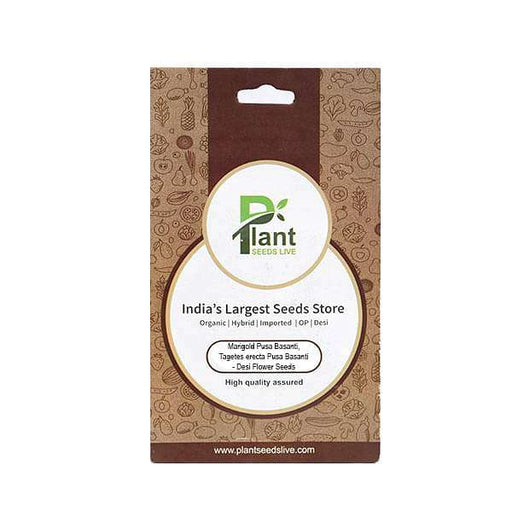
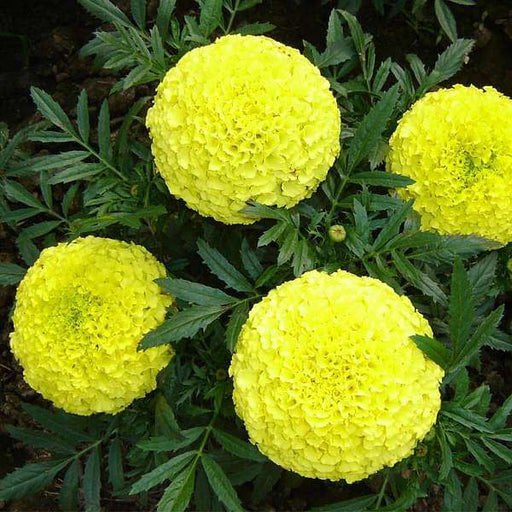 Save 25%
Save 25%
Marigold Pusa Basanti - Desi Flower Seeds Discover the vibrant beauty of Marigold Pusa Basanti, a cherished flower in Indian gardens. Know...
View full details
 Save 25%
Save 25%
Capsicum Green - Desi Vegetable Seeds Capsicum Green, also known as bell pepper, is a vibrant and nutritious addition to your garden. Thes...
View full details
 Save 25%
Save 25%
Coriander Panipat - Desi Vegetable Seeds Coriander Panipat is a premium variety of coriander seeds, cherished for its aromatic leaves and ...
View full details
 Save 25%
Save 25%
Cherry Tomato, Cherry Tomato Honey - Vegetable Seeds Discover the delightful world of Cherry Tomato Honey seeds, perfect for home gardener...
View full details
 Sold out
Sold out
Tomato Pusa Ruby - Desi Vegetable Seeds The Tomato Pusa Ruby is a premium variety of tomato seeds, renowned for its vibrant red color, jui...
View full details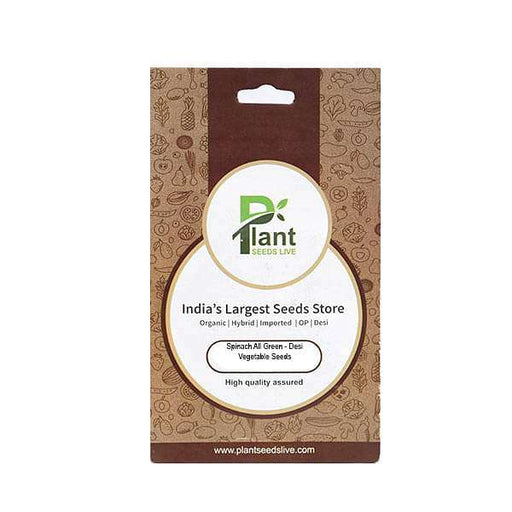
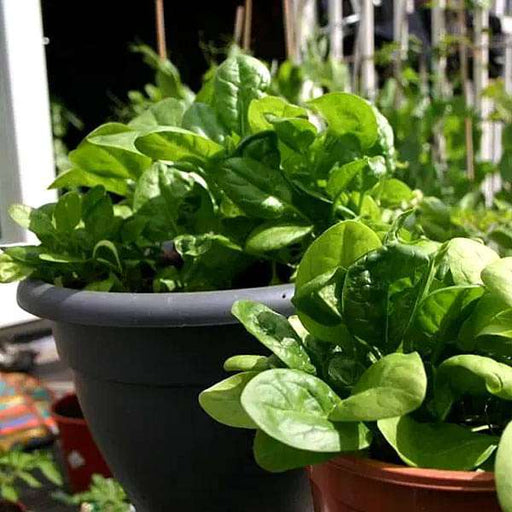 Save 25%
Save 25%
Spinach All Green - Desi Vegetable Seeds Introducing the Spinach All Green - Desi Vegetable Seeds, a premium variety of spinach that thriv...
View full details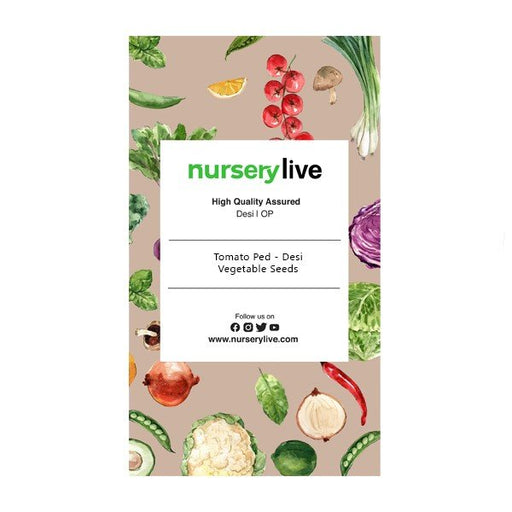
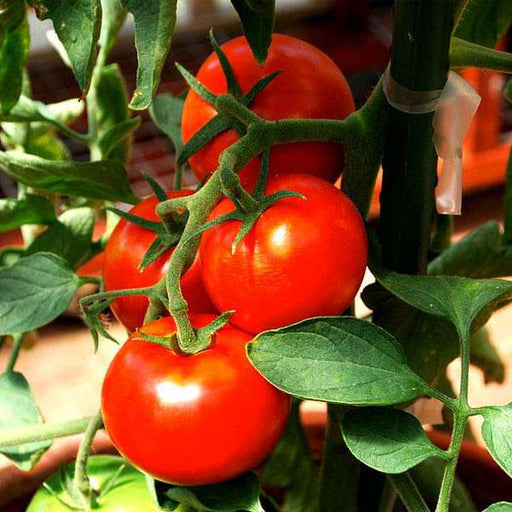 Save 25%
Save 25%
Tomato Ped - Desi Vegetable Seeds Introducing the Tomato Ped - Desi Vegetable Seeds, a premium selection of heirloom tomato seeds that pro...
View full details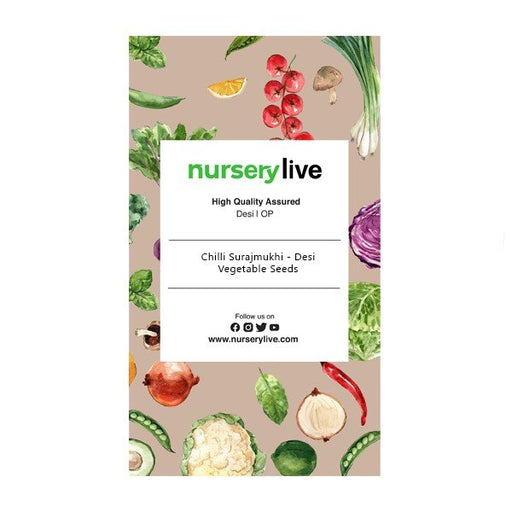
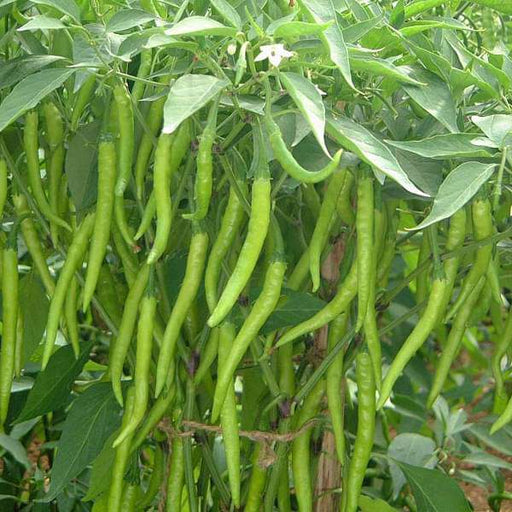 Save 25%
Save 25%
Chilli Surajmukhi - Desi Vegetable Seeds Introducing the Chilli Surajmukhi, a unique variety of desi vegetable seeds that brings a burst o...
View full details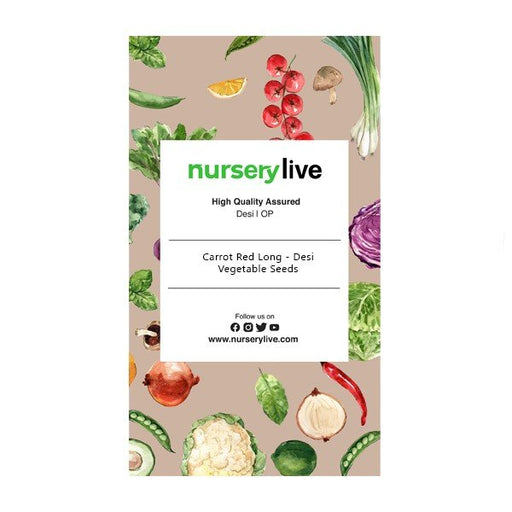
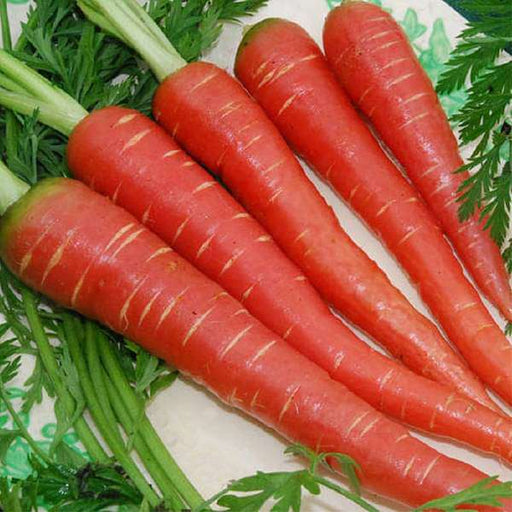 Save 25%
Save 25%
Carrot Red Long - Desi Vegetable Seeds Introducing the Carrot Red Long - Desi Vegetable Seeds, a premium variety known for its vibrant col...
View full details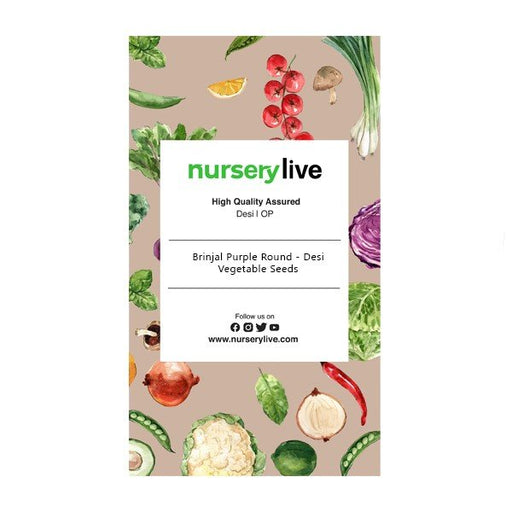
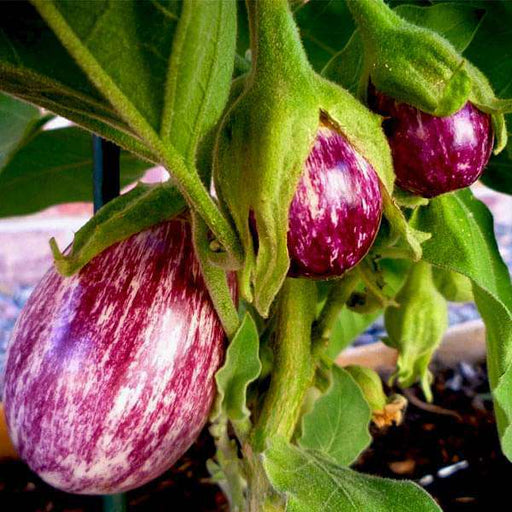 Save 25%
Save 25%
Brinjal Purple Round - Desi Vegetable Seeds Discover the rich flavors and vibrant colors of Brinjal Purple Round, a staple in Indian cuisi...
View full details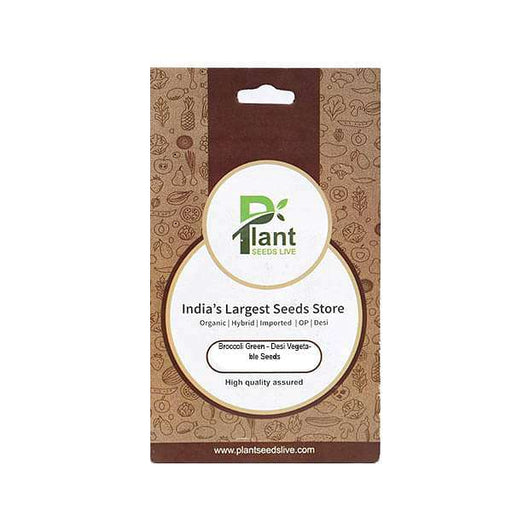
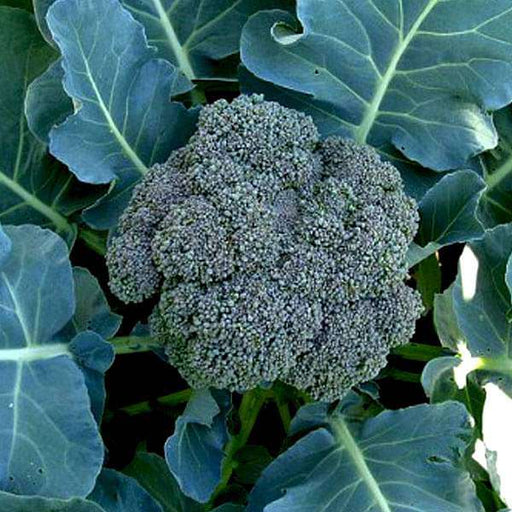 Save 25%
Save 25%
Broccoli Green - Desi Vegetable Seeds Discover the vibrant world of Broccoli Green with our premium Desi Vegetable Seeds. Known for its ri...
View full details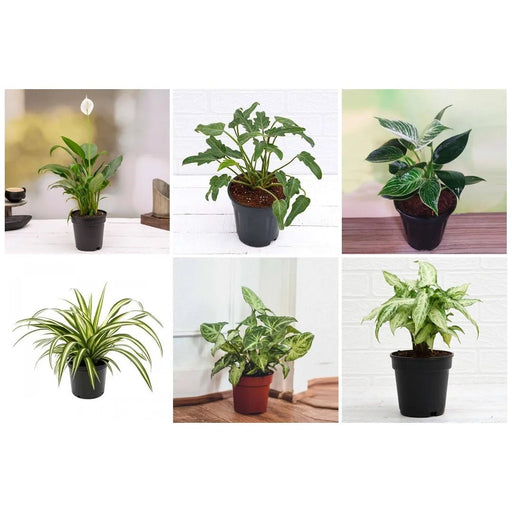
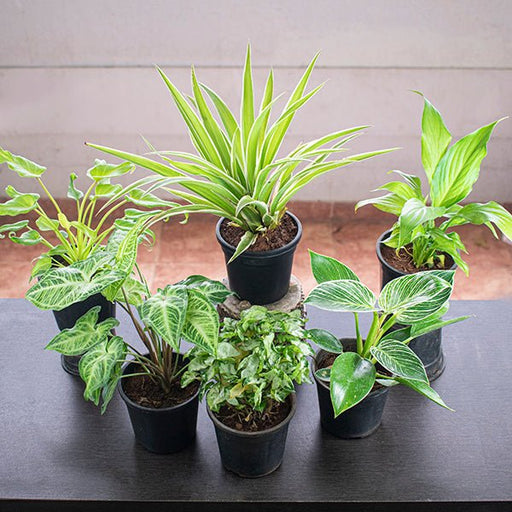 Save 35%
Save 35%
Best 6 Plants for Perfect Indoor Garden Transform your living space into a lush oasis with our curated collection of the Best 6 Plants for a...
View full details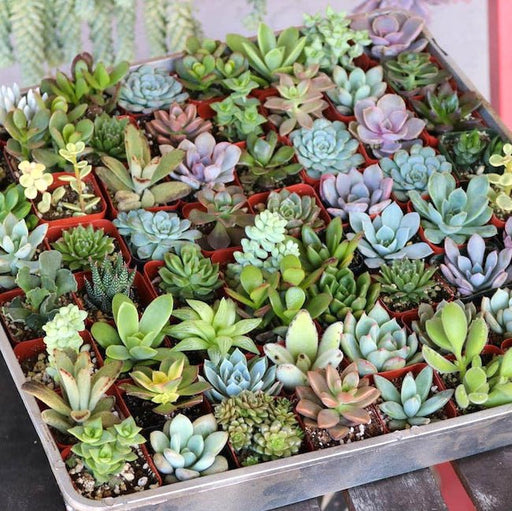
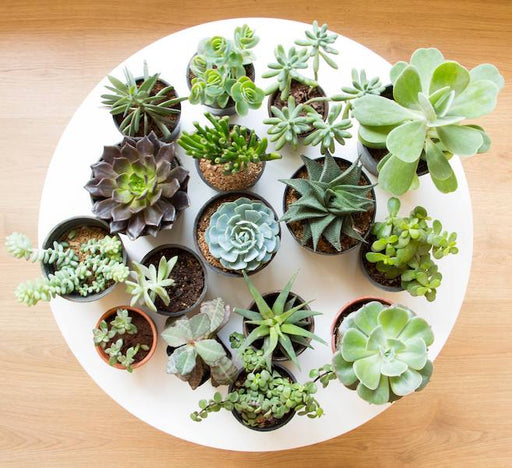 Save up to 50%
Save up to 50%
Mini Succulent Garden Pack Transform your space with our Mini Succulent Garden Pack, featuring a delightful collection of 4 any variety beautiful s...
View full details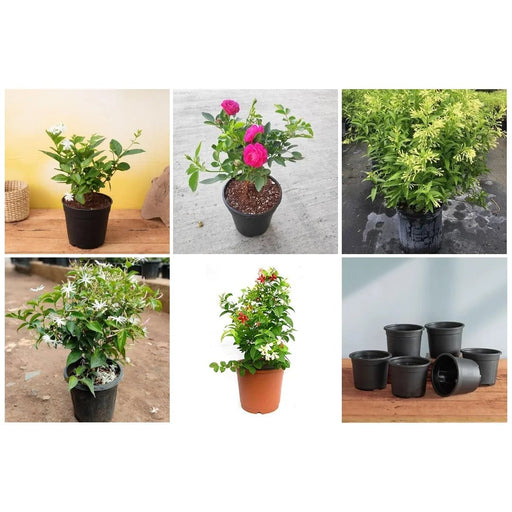
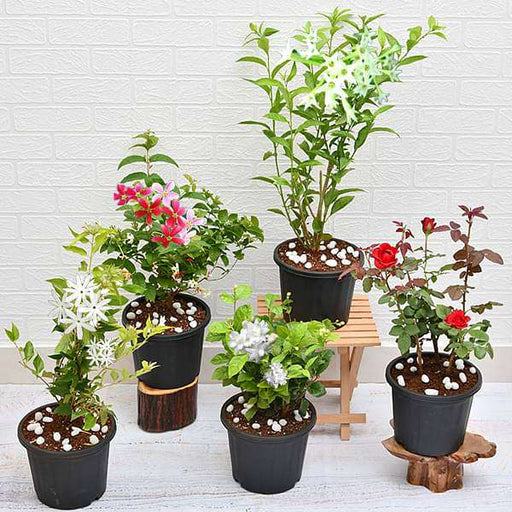 Save 30%
Save 30%
5 Best Fragrant Plants Transform your garden or indoor space into a fragrant paradise with our curated selection of the 5 Best Fragrant Plants. Th...
View full details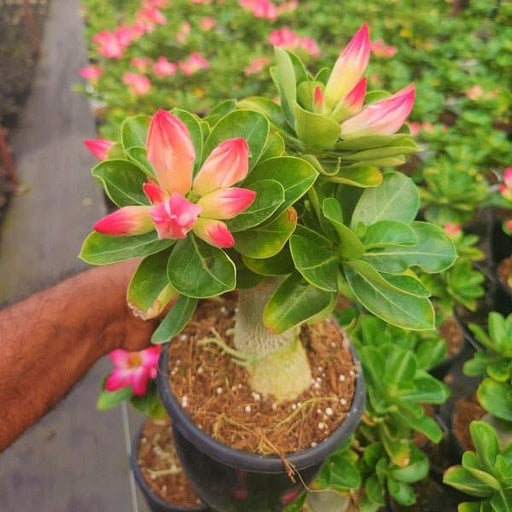
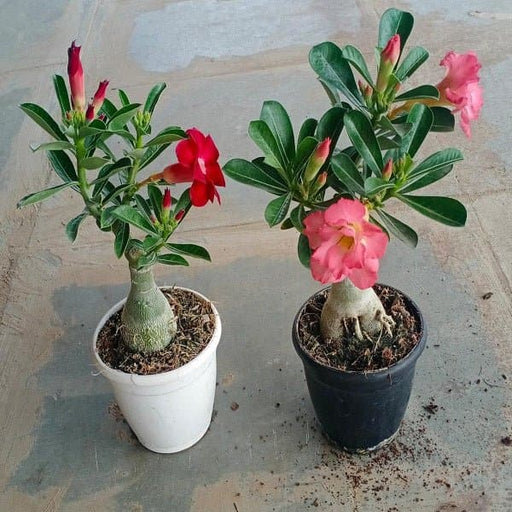 Save 24%
Save 24%
Set of 2 Bonsai Looking Grafted Adeniums Transform your indoor or outdoor space with our exquisite Set of 2 Bonsai Looking Grafted Adenium...
View full details Save 45%
Save 45%
Top 4 Die Hard Succulents Pack Transform your indoor or outdoor space with our Top 4 Die Hard Succulents Pack, featuring a curated selecti...
View full details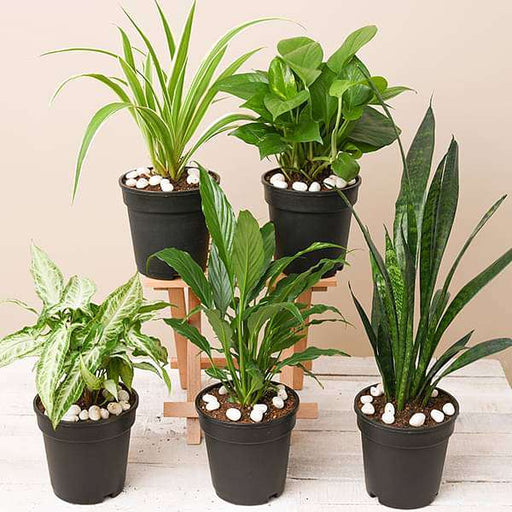
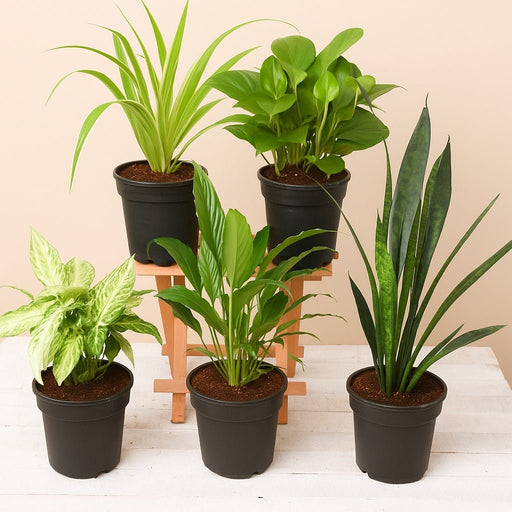 Save 30%
Save 30%
5 Best Indoor Plants Pack Transform your living space into a lush oasis with our '5 Best Indoor Plants Pack.' This carefully curated collection fe...
View full details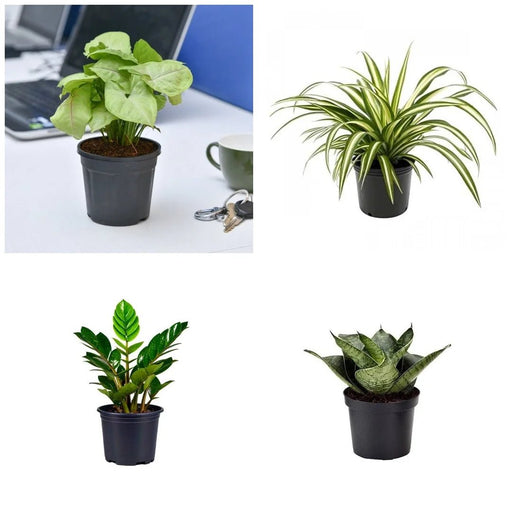
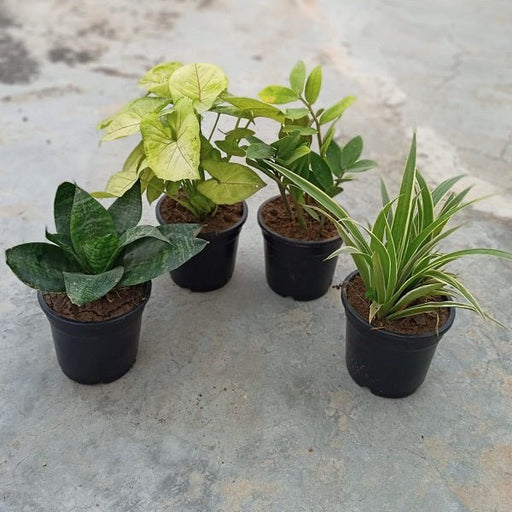 Save 25%
Save 25%
Set of 4 Evergreen Air Purifier Plant Pack Transform your indoor space into a lush, green oasis with our Set of 4 Evergreen Air Purifier Pla...
View full details| SrNo | Item Name |
|---|---|
| 1 | Pumpkin F1 Hybrid 406 - Vegetable Seeds |
The Pumpkin F1 Hybrid 406 is a premium variety of pumpkin seeds designed for both home gardeners and commercial growers. This hybrid boasts a robust growth habit, producing large, vibrant orange fruits that are perfect for culinary uses and decorative purposes. With its high yield potential and disease resistance, this pumpkin variety is a favorite among farmers and gardening enthusiasts alike.
What sets the Pumpkin F1 Hybrid 406 apart is its exceptional flavor and texture, making it ideal for pies, soups, and other dishes. This hybrid is also known for its adaptability to various soil types and climates, ensuring successful growth in diverse environments. Its vibrant color and sturdy skin make it a popular choice for fall decorations and Halloween festivities.
Special features of the Pumpkin F1 Hybrid 406 include its early maturity, typically ready for harvest in just 90-100 days, and its impressive storage capabilities, allowing for extended use throughout the winter months. This hybrid is not only a delicious addition to your kitchen but also a sustainable choice for environmentally conscious gardeners.
These aren’t your average seeds; they’re the VIPs of the vegetable world! The Pumpkin F1 Hybrid 406 seeds are engineered for greatness, promising robust growth and a bountiful harvest. With their hybrid vigor, these seeds are like the overachievers of the garden, ensuring you’ll have pumpkins that are not just big, but also deliciously sweet.
Ready to turn your garden into a pumpkin paradise? Dive into the world of vegetable gardening tips! From soil preparation to watering schedules, these nuggets of wisdom will help you cultivate your Pumpkin F1 Hybrid 406 like a pro. Remember, a happy plant is a productive plant, so treat your garden like the royal court it is!
Mastering pumpkin growing techniques is like learning the secret handshake of the gardening elite. With the right methods, your Pumpkin F1 Hybrid 406 will thrive, producing those glorious orange orbs that will make your neighbors green with envy.
The thrill of harvesting pumpkins is akin to finding buried treasure! When the time comes, you’ll want to know the signs of ripeness for your Pumpkin F1 Hybrid 406. Timing is everything, and with a little patience, you’ll be rewarded with a harvest that’s Instagram-worthy.
Once you’ve harvested your glorious pumpkins, what’s next? Enter the world of pumpkin recipes! From pies to soups, the culinary possibilities are endless. Your Pumpkin F1 Hybrid 406 will not only beautify your garden but also spice up your kitchen adventures.
If you’re a fan of the earth and all things organic, you’ll love growing your Pumpkin F1 Hybrid 406 without synthetic fertilizers. Organic gardening is not just a trend; it’s a lifestyle! Embrace the natural way and watch your pumpkins flourish in harmony with nature.
While the Pumpkin F1 Hybrid 406 is a superstar, the world of pumpkin varieties is vast and colorful. Explore different shapes, sizes, and flavors to find the perfect match for your garden. Who knew pumpkins could be so diverse?
The foundation of any great pumpkin patch starts with soil preparation. Your Pumpkin F1 Hybrid 406 deserves the best, so roll up your sleeves and get that soil ready! A little compost and love go a long way in ensuring your pumpkins grow up strong and healthy.
Every garden has its villains, and pest control for pumpkins is essential to keep your Pumpkin F1 Hybrid 406 safe. From aphids to squash bugs, knowing how to fend off these pesky intruders will ensure your pumpkins reach their full potential.
Caring for your Pumpkin F1 Hybrid 406 is like nurturing a celebrity; they need attention and the right conditions to shine. Regular watering, pruning, and monitoring for diseases will keep your plants in tip-top shape, ready to impress at harvest time.
Embrace the rhythm of nature with seasonal gardening! Knowing when to plant your Pumpkin F1 Hybrid 406 is crucial for a successful harvest. Timing your planting with the seasons will ensure your pumpkins grow to their fullest glory.
Once you’ve grown your magnificent pumpkins, it’s time to show them off at pumpkin festivals! These events are a celebration of all things pumpkin, where you can showcase your Pumpkin F1 Hybrid 406 and revel in the joy of the harvest season.
Pumpkin F1 Hybrid 406 is the superstar of the vegetable garden! This hybrid seed produces robust, sweet pumpkins that are perfect for pies, soups, or Halloween decorations. With its high yield and disease resistance, it’s like the overachiever of the pumpkin patch, ensuring you have plenty to share—or hoard for yourself!
Planting these seeds is as easy as pie—pumpkin pie, that is! Choose a sunny spot, prepare well-drained soil, and plant the seeds about an inch deep. Space them out like they’re at a party, about 3 feet apart. Water them regularly, and soon you’ll have a pumpkin party in your garden!
Pumpkin F1 Hybrid 406 loves warm weather, just like we love a sunny beach day! Aim for temperatures between 70°F to 90°F. Too cold, and it’ll sulk; too hot, and it might throw a tantrum. Keep it cozy, and you’ll be rewarded with plump pumpkins ready for harvest!
By the time they’re ready, you’ll be a pro at turning them into spooky masterpieces!
Think of soil as the pumpkin’s cozy blanket! It thrives in well-drained, loamy soil rich in organic matter. A pH of 6.0 to 6.8 is ideal. If your soil is a bit grumpy, consider adding compost or well-rotted manure to make it happy and nutrient-rich for those growing pumpkins!
Pumpkin F1 Hybrid 406 is a thirsty little diva! It needs about 1 inch of water per week, especially during dry spells. Water deeply but infrequently to encourage strong roots. Just don’t drown it—pumpkins can’t swim! A good soak once a week will keep it smiling and growing.
Absolutely! Pumpkin F1 Hybrid 406 can be a container superstar, but it needs a big one—at least 5 gallons. Choose a sturdy pot, fill it with quality soil, and give it plenty of sunlight. Just remember, it’s a sprawling plant, so it might need a little room to stretch its vines!
Pests can be the uninvited guests at your pumpkin party! Watch out for aphids, squash bugs, and cucumber beetles. A little neem oil or insecticidal soap can send them packing. Keep an eye on your plants, and you’ll be the bouncer keeping those pests at bay!
Yes, indeed! Pumpkin F1 Hybrid 406 comes with a built-in shield against common diseases like powdery mildew and downy mildew. It’s like the superhero of the garden, ready to fight off those pesky pathogens. Just give it some love and care, and it’ll reward you with healthy, vibrant pumpkins!
Timing is everything, especially in pumpkin harvesting! Aim for late summer to early fall when the skin is hard and the color is vibrant. If you can’t poke your fingernail through the skin, it’s ready! Cut the stem with a sharp knife, and voilà—your pumpkin masterpiece is ready for display!
Saving seeds from hybrids can be a gamble! While you can collect seeds, they may not produce the same fabulous pumpkins next year. It’s like trying to recreate a magic trick—sometimes it works, sometimes it doesn’t. For consistent results, stick to buying new seeds each season for that guaranteed pumpkin perfection!